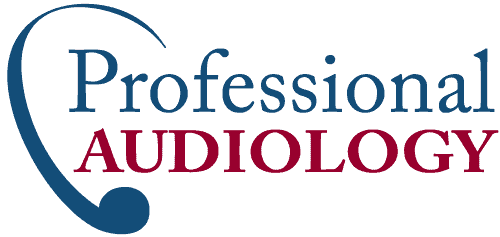As summer fades and fall kicks off, the familiar excitement and anticipation of a new school year are upon us. For students with hearing loss and their families, this time of transition can bring a mix of excitement and concerns. Effective communication is a cornerstone of academic success, and understanding how to navigate the classroom with hearing loss is key.
What Is the Impact of Hearing Loss?
Before we dive into communication strategies, it’s essential to understand how hearing loss can influence a student’s educational journey. Hearing loss comes in various degrees and types, and its effects can vary from student to student. Nevertheless, hearing loss can impact a student in several ways:
- Hear and Understand: In the classroom, where background noise can be challenging, students with hearing loss may struggle to hear and understand their teachers and peers.
- Active Participation: Engaging in classroom discussions, group activities, and social interactions can be challenging when hearing loss is a factor.
- Access Auditory Information: Many aspects of the school day rely on auditory cues, from classroom lectures and presentations to fire alarms and announcements.
- Develop Language Skills: Effective language and communication skills are vital for academic success, and hearing loss can present obstacles in this regard.
Tips for Navigating the Classroom with Hearing Loss
If your child with hearing loss is heading into the classroom this fall, it’s important that you, your child, and their teachers are all on the same page. Establish open lines of communication with your child’s teachers and school staff. Share information about your child’s hearing loss, including its type and severity. If required, work with the school to create an Individualized Education Plan (IEP) to outline specific accommodations and support services tailored to your child’s needs.
Here are some things that can help your child in the classroom:
- Classroom Seating: Collaborate with teachers to determine seating arrangements that optimize your child’s ability to hear and participate effectively.
- Clear Communication: Teachers should establish clear classroom communication expectations, such as taking turns when speaking and using visual aids like whiteboards and slides.
- Microphone Systems: In larger classrooms or lecture halls, microphone systems can ensure that students with hearing loss can hear the teacher clearly.
- Captioning and Transcripts: Whenever possible, provide captions for videos and multimedia presentations. Additionally, having transcripts available can assist students in reviewing class materials.
- Repeat and Rephrase: Encourage teachers and peers to repeat or rephrase information if requested by a student with hearing loss. This simple act can significantly enhance comprehension.
- Visual Support: Visual aids, such as written instructions, diagrams, and presentations, can complement auditory information and make it more accessible.
- Peer Support: Foster an inclusive classroom atmosphere where peers understand and support students with hearing loss. Awareness and empathy can create a welcoming environment.
- Regular Check-Ins: Teachers can periodically check in with students to ensure they are following the class and address any concerns promptly.
Tips for Your Child
You can encourage your child to become their own advocate when they head to school this fall. Teach them to communicate their needs to teachers and classmates and to seek assistance when necessary. Ensure your child is proficient with their hearing aids, cochlear implants, or any other assistive listening devices they may use. Practice using these devices effectively. You can also promote active listening skills, such as making eye contact with speakers, sitting closer to the front of the classroom, and utilizing visual cues to supplement auditory information.
Helping Your Child Have a Successful Educational Journey
Returning to school with hearing loss may present unique challenges, but with the right strategies, support, and communication, students can excel in their academic pursuits. Remember that successful communication is a collaborative effort involving students, parents, teachers, school staff, and hearing health professionals. Together, we can ensure that every student, regardless of their hearing abilities, can thrive on their educational journey.
Does your child have hearing loss? Schedule routine hearing tests to monitor your child’s hearing health and the performance of their hearing devices. We’ll make sure your child’s devices are helping them hear all the sounds in the classroom. We will also review the latest in hearing technology and make sure your child’s hearing aids are perfect for their hearing needs.





